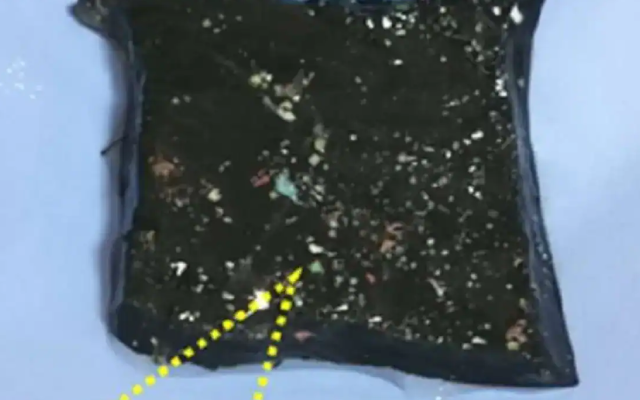Microplastics have been discovered practically everywhere on Earth, from mountains to oceans. The United Nations Development Programme (UNDP) claims that these microscopic plastic particles—which are smaller than five millimeters—have found their way into our soil, oceans, and even the air we breathe. These microscopic particles are extremely dangerous to our health because they can get into our bodies through the water we drink.
Scientists at the Indian Institute of Science (IISc) have created a sustainable hydrogel to filter out microplastics from water in an effort to tackle the threat of plastic pollution. According to a press release from Bengaluru-based IISc, the hydrogel has a special network of interwoven polymers that allows it to bind pollutants and use UV light irradiation to break them down.
Previously, scientists have tried using filtering membranes to remove microplastics, however, the membranes can become clogged with these tiny particles, rendering them unsustainable. The IISc team led by Suryasarathi Bose, a Professor at the Department of Materials Engineering, then turned to 3D hydrogels for a solution.
‘The novel hydrogel developed by the team consists of three different polymer layers – chitosan, polyvinyl alcohol and polyaniline – intertwined together, making an Interpenetrating Polymer Network (IPN) architecture. The team infused this matrix with nanoclusters of a material called copper substitute polyoxometalate (Cu-POM). These nanoclusters are catalysts that can use UV light to degrade the microplastics. The combination of the polymers and nanoclusters resulted in a strong hydrogel with the ability to adsorb and degrade large amounts of microplastics,” the press release stated.
The team crushed food container lids and other daily-use plastic products to create two of the most common microplastics existing in nature: polyvinyl chloride and polypropylene. They also added a fluorescent dye to the microplastics to track how much was being adsorbed and degraded by the hydrogel under different conditions.
”The hydrogel was found to be highly efficient – it could remove about 95% and 93% of the two different types of microplastics in water at near-neutral pH (∼6.5),” Mr Bose said.
After the hydrogel’s useful life is over, it can be recycled to create carbon nanomaterials that can be used to remove heavy metals from contaminated water.
The next step for the researchers is to create a large-scale tool that will assist in eliminating microplastics from different water sources.
Read More
Indian Student Shot Dead in South Vancouver, Canada

















